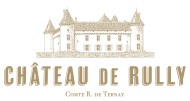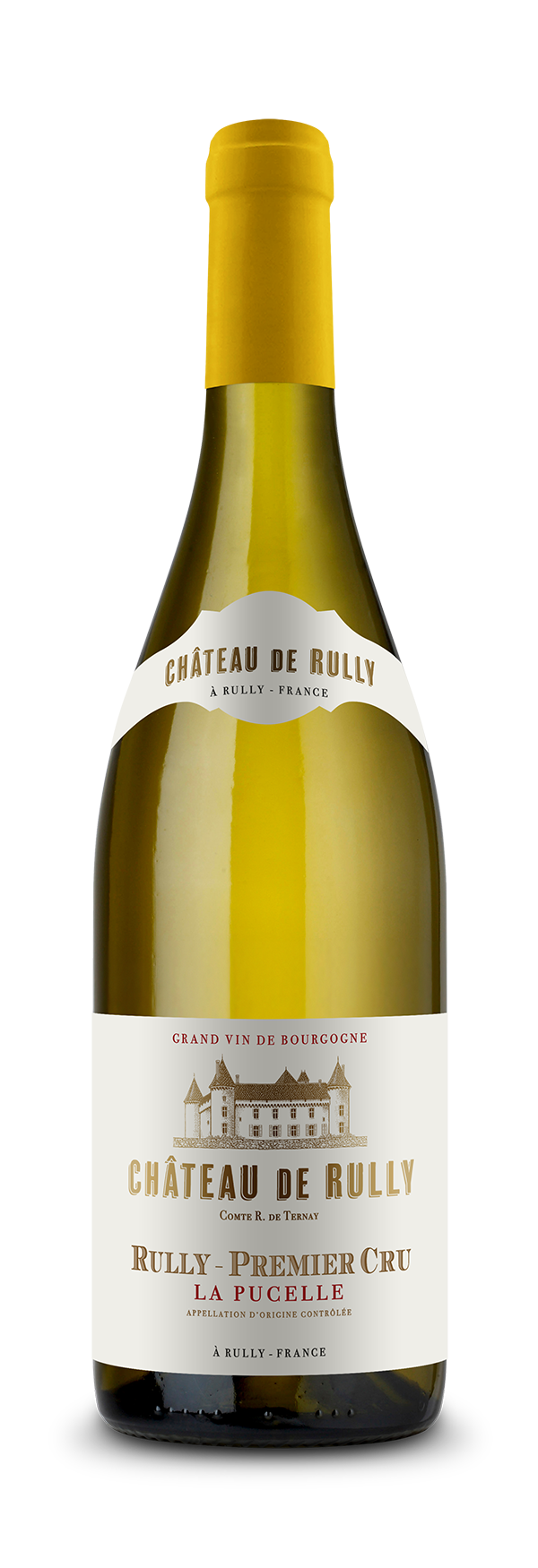The harvesting of the 74.6 ha (184.34 ac) we have in production this year across the three estates began on August 24th and finished on September 16th. In some areas, patience was called for and over-hasty harvesting was to be avoided. The health of the vines and grapes was very satisfactory. However, unripe berries had to be carefully separated out from the ripe grapes.
The harvests
24th August: the Pinot Noirs from Rully village followed by the Chardonnays of the Rully 1er cru Bressande.
16th September: final curtain with the Hautes-Côtes de Beaune reds.
The vines reacted very differently according to their location and right up to the harvest it was necessary to monitor grape ripeness closely due to significant hydric stress leading to different levels of ripeness within the same plot. On the Château de Mercey, Château de Rully and Domaine de la Bressande estates, the Rully, Mercurey and Maranges vines for the most part coped well with the conditions, because these terroirs benefit from groundwater flow which partly made up for the lack of rainfall.
Initial tasting comments by Anne-Laure Hernette:
‘The quality of 2020’s wine will become obvious over time as it’s barrel-aged but we can already see it boasts satisfactory balance, promising colour for the reds and some tension but also aromatic generosity in the whites.’






